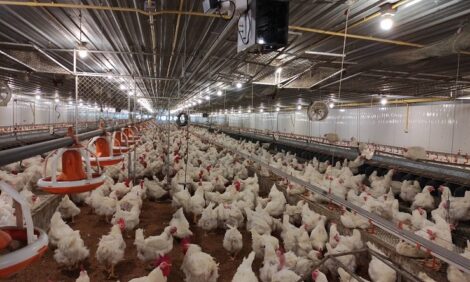



New Method Can Distinguish Organic & Regular Eggs
NETHERLANDS - RIKILT, part of Wageningen UR, has developed a method for verifying whether an egg is organic with the help of analytical techniques looking at the egg's carotenoid content.The method works by reading a 'fingerprint' of components of the egg. The fingerprints of authentic organic products are compared to a broad selection of similar regular products, and the results are recorded in a database. The researchers at RIKILT have developed a statistical model which compares the fingerprint of a new sample to those of samples in the database. This makes it possible to determine whether the makeup of this new product is closer to that of organic or regular products.
With eggs, RIKILT particularly examines the fingerprint of the yellow pigments in eggs, called carotenoids. It has been demonstrated that there are enough variations in these fingerprints to enable a clear distinction between organic and regular eggs. The fingerprints are identified with the help of a separation technique called high-pressure liquid chromatography, or HPLC. The database currently contains data from eggs from 75 organic egg producers – more than half of the organic egg producers in the Netherlands – and around 75 producers of other types of eggs, including free-range, deep-litter and battery.
The method has proven itself in the field and is well suited to detecting fraud or other irregularities.
The underlying technique can easily be applied to other products for similar purposes. The first results from methods used to identify organic milk, organic ham, PDO (protected designation of origin) cheeses, and the geographical origins of butter and olive oil have already been published and/or presented. Currently, researchers are working on further developing these methods in order to identify other products, including organic animal feed, wild as opposed to farmed fish, and sustainably produced palm oil.








